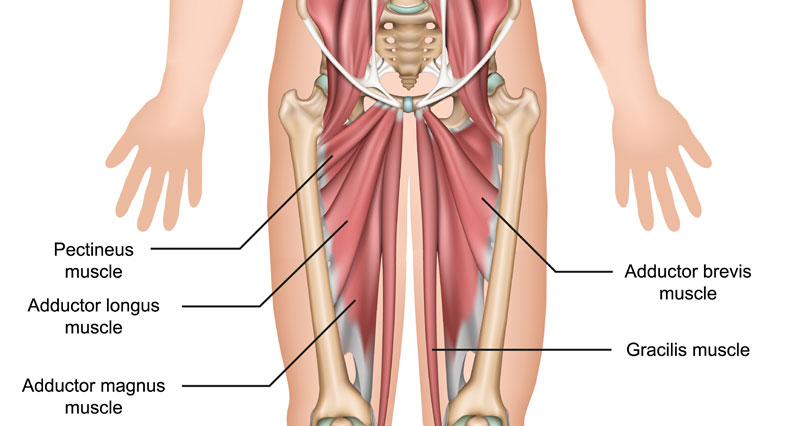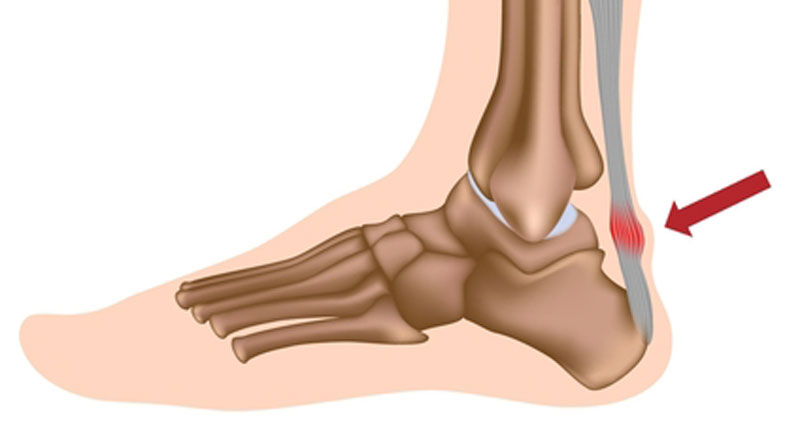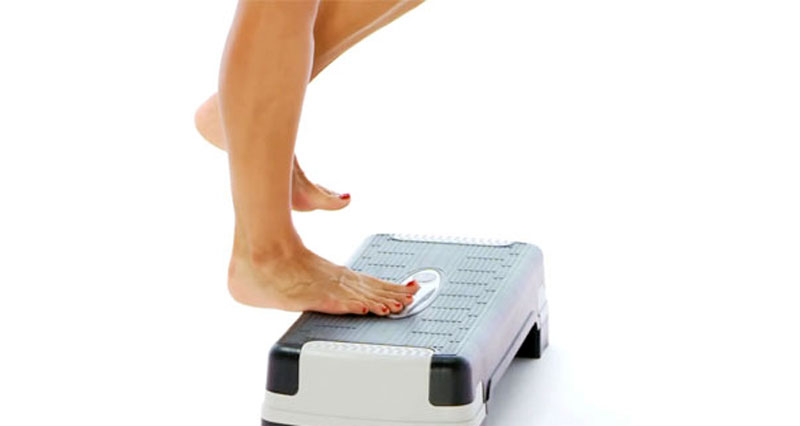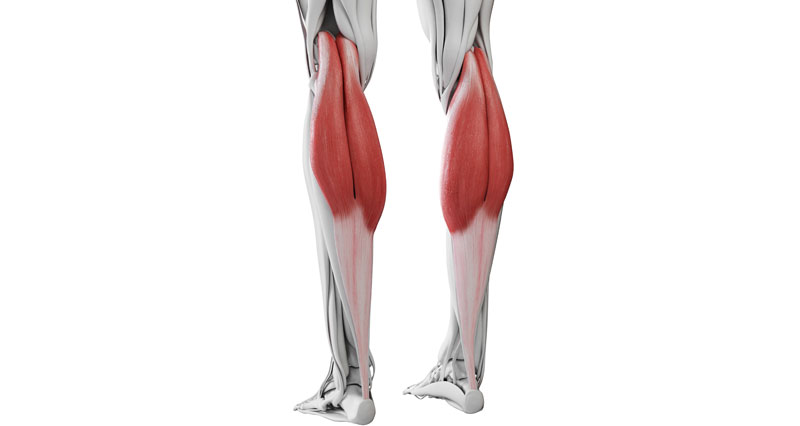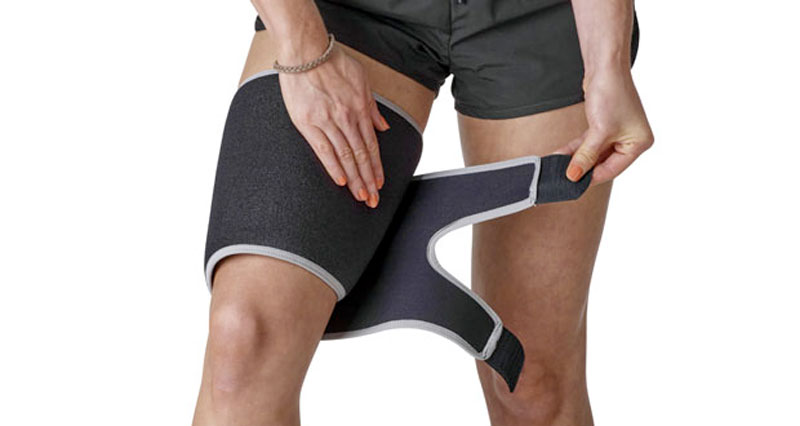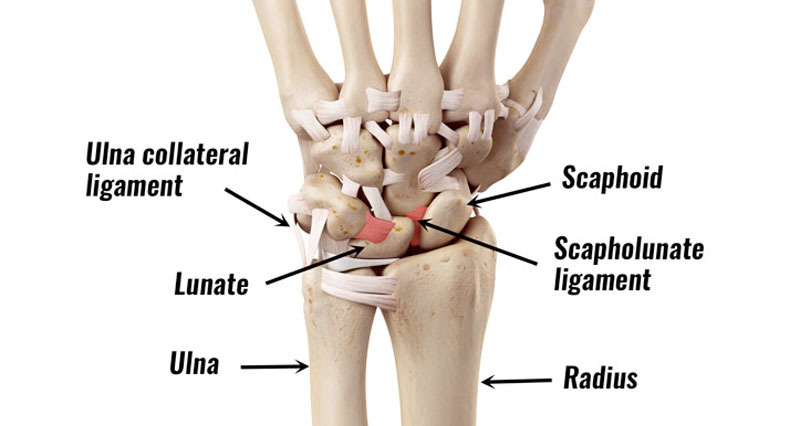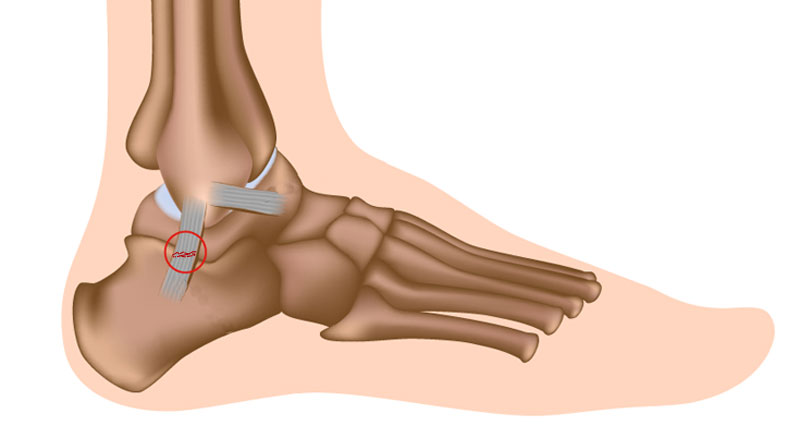Recovering from a sports injury doesn’t just mean resting — it’s about rebuilding strength safely and effectively. Strengthening exercises play a crucial role in restoring function, preventing re-injury, and getting athletes back to peak performance. Here are the key types of strengthening exercises commonly used in sports rehabilitation:
Isometric Exercises
Ideal for early rehab stages, isometric exercises involve contracting the muscle without changing its length. Examples include quad sets or glute squeezes. These exercises help maintain muscle engagement when joint movement is limited or painful.
Isotonic Exercises
These involve moving the joint through a range of motion while applying resistance, such as using dumbbells or resistance bands. Isotonic exercises are divided into concentric (muscle shortening) and eccentric (muscle lengthening) actions, both crucial for muscle development and control.
Closed Kinetic Chain Exercises
In these exercises, the limb remains fixed against a surface — think squats or push-ups. They promote joint stability and functional strength, mimicking real-life movements more closely than isolated exercises.
Open Kinetic Chain Exercises
Here, the limb moves freely — such as leg extensions or bicep curls. These are useful for targeting specific muscles but should be introduced carefully to avoid joint strain.
Functional and Sport-Specific Exercises
As recovery progresses, incorporating movements that replicate sports activities helps athletes regain confidence and performance. These may include agility drills, balance training, and plyometrics.
Combining these approaches ensures a well-rounded rehabilitation program, helping athletes return stronger and more resilient. Always consult a qualified physiotherapist to tailor exercises to individual recovery needs.
